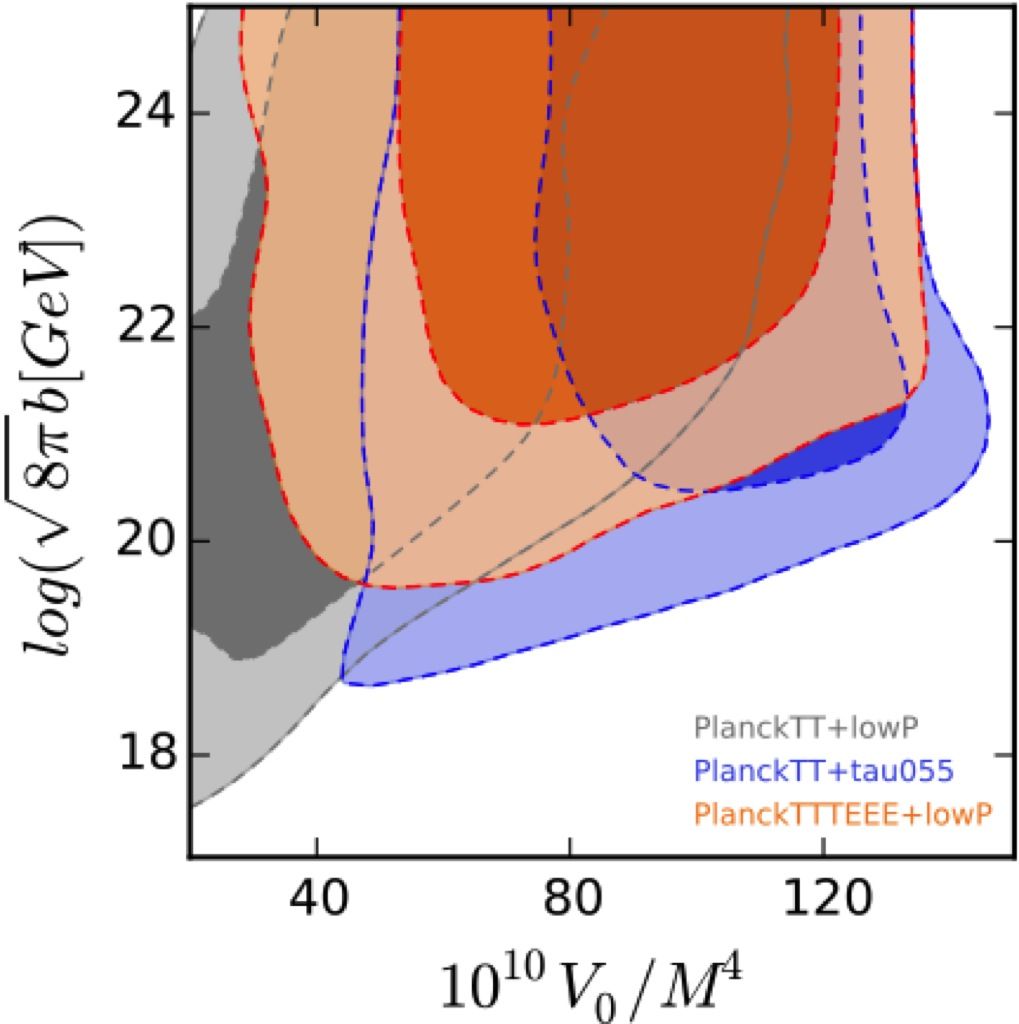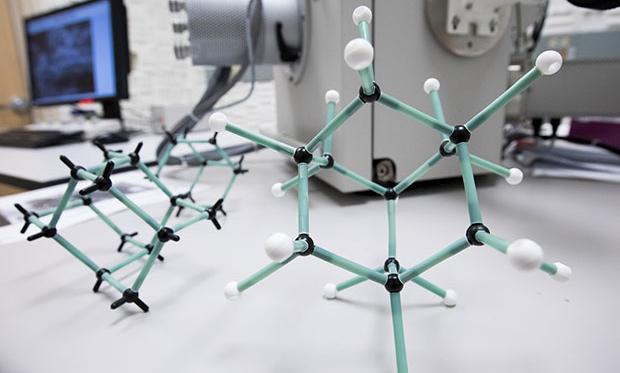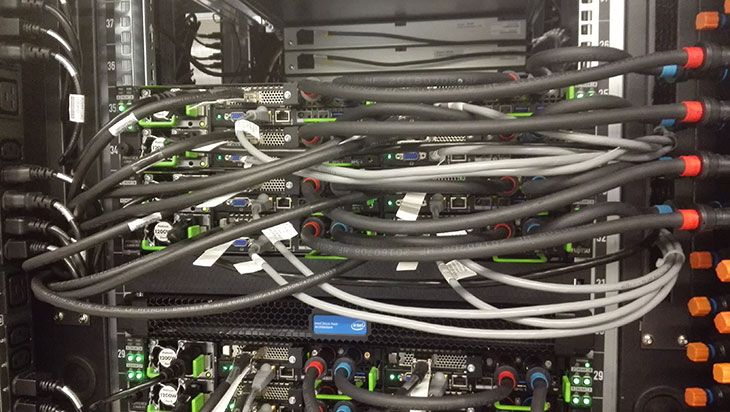For the first time, a team of physicists have successfully teleported a quantum state of a photon to a crystal over 25 kilometers away through a fiber optic cable. This effectively showed that the photon’s quantum state, not its composition, is important to the teleportation process. The team was led by Nicolas Gisin of the University of Geneva and the results were published in the journal Nature Photonics. With this new paper, Gisin’s team has successfully squashed the previous record they set a decade ago by teleporting a quantum state of a proton 6 kilometers.
The quantum state of the photon is able to preserve information under extreme conditions, including the difference between traveling as light or becoming stored in the crystal like matter. The photon’s state acts as information that can be teleported along great distances using the optical fiber, and can be stored within the crystal. This was achieved due to a phenomenon in quantum mechanics known as entanglement, where two particles have a correlation, despite the fact that they aren’t touching and transmitting information to one another.
To test this and ensure what they were observing was actually happening, one photon was stored in a crystal while the other was sent along optical fiber, over a distance of 25 kilometers. The photon that was sent along the optical fiber collides with a third photon, which was assumed to destroy them both. However, the information from the first photon was transferred to the third photon in the collision, like the transfer of energy when one billiard ball hits another. The information from the third photon came back to the crystal where it could be measured to ensure the information was preserved between the first and the second.





